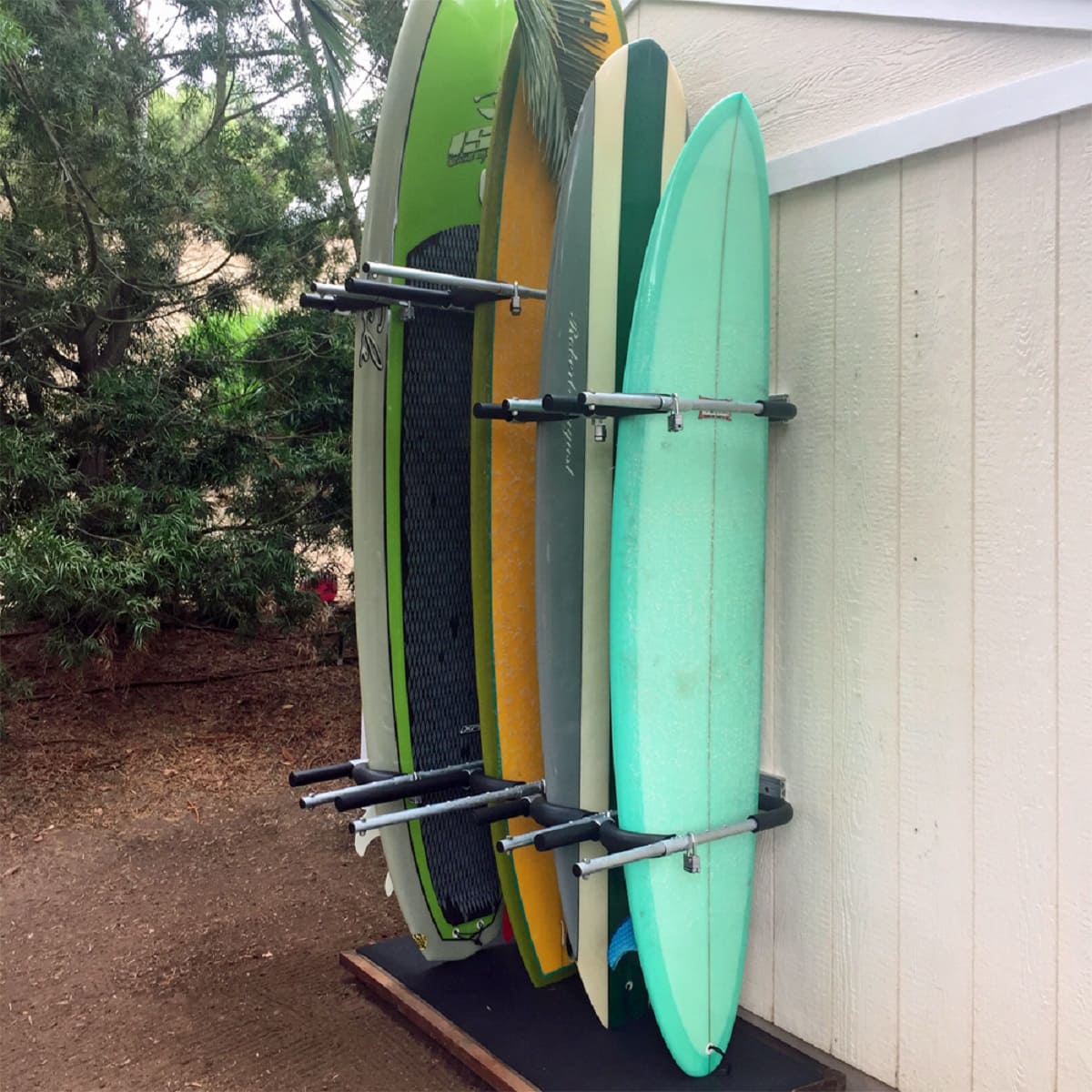

Articles
How To Store Surfboards Outside
Modified: December 7, 2023
Learn effective methods for storing surfboards outside with these informative articles. Keep your boards safe and protected from the elements.
(Many of the links in this article redirect to a specific reviewed product. Your purchase of these products through affiliate links helps to generate commission for Storables.com, at no extra cost. Learn more)
Introduction
Surfing is a popular water sport that attracts enthusiasts from all around the world. Whether you are a seasoned pro or a novice, one thing is certain – surfboards are an essential part of the sport. But what do you do with your surfboards when you’re not riding the waves? Storing them outside can be a convenient option, especially if you have limited indoor space. However, it’s important to store them properly to ensure their longevity and performance. In this article, we will explore the best practices for storing surfboards outside.
Key Takeaways:
- Properly storing surfboards outside involves choosing the right location, preparing the storage area, cleaning and protecting the boards, securing them, using covers, and regular maintenance. These practices ensure longevity and performance.
- When storing surfboards outside, prioritize protection, accessibility, and security. Clean, dry, and protect the boards from UV damage. Implement security measures, use durable covers, and maintain and inspect the boards regularly to ensure optimal condition.
Read more: How To Store Surfboard
Choosing the Right Location
When it comes to storing your surfboards outside, choosing the right location is crucial. Here are a few factors to consider:
- Protection from the Elements: Look for a location that offers some protection from the elements. Exposure to direct sunlight, rain, and extreme temperatures can damage your surfboards over time. Opt for a spot that provides some shade or consider using a cover or tarp.
- Accessibility: Ensure that the location is easily accessible. This will make it convenient for you to retrieve and store your surfboards whenever you want to go for a surf. Make sure the location is easily reachable and doesn’t require too much effort or maneuvering.
- Security: Consider the security of the location. Storing surfboards outside can increase the risk of theft or damage. Choose a location that is secure or implement additional security measures such as locks or a surveillance system.
- Away from Foot Traffic: Avoid storing your surfboards in an area with heavy foot traffic. People might accidentally bump into them or knock them over, causing unnecessary damage. Find a spot that is away from high-traffic areas to minimize the risk of accidents.
By considering these factors, you can select a suitable location that offers protection, accessibility, security, and minimizes the risk of accidents or damage to your surfboards.
Preparing the Storage Area
Before storing your surfboards outside, it’s important to prepare the storage area properly. Here’s what you need to do:
- Clean the Area: Remove any debris, dirt, or other objects from the storage area. Sweep the area thoroughly to ensure it’s clean and free of any potential hazards that could damage your surfboards.
- Level the Ground: Make sure the ground where you plan to store the surfboards is level. Uneven surfaces can lead to instability and can cause your surfboards to fall or get damaged.
- Provide Adequate Support: To prevent your surfboards from warping or getting damaged, it’s important to provide adequate support. Consider using racks or stands specifically designed for surfboard storage. These will keep your surfboards secure and prevent them from leaning against walls or other objects.
- Consider Ventilation: Moisture can be detrimental to the lifespan of your surfboards. If possible, choose a location that offers good ventilation to prevent the buildup of humidity. This will help minimize the risk of mold or mildew formation.
- Protect from Pests: Pests such as rodents or insects can cause damage to your surfboards. Take preventive measures such as using rodent traps or repellents to protect your surfboards against unwanted visitors.
- Inspect Regularly: Regularly inspect the storage area for any signs of damage or issues. This will allow you to address them promptly and prevent further damage to your surfboards.
By adequately preparing the storage area, you can create a safe and suitable environment to store your surfboards outdoors, ensuring their longevity and performance.
Cleaning and Protecting the Surfboards
Properly cleaning and protecting your surfboards is essential to maintain their performance and longevity, especially when storing them outside. Here are some steps you can take:
- Remove Wax: Before storing your surfboards, it’s important to remove any wax residue. Use a wax comb or scraper to gently remove the wax from the deck of the surfboard. This will prevent the wax from melting or deteriorating during storage.
- Clean with Mild Soap: Use a mild soap or surfboard cleaner to gently scrub the deck and bottom of the surfboard. This will remove any dirt, salt, or sand that may have accumulated during your surf sessions. Rinse the surfboard thoroughly with clean water afterwards.
- Dry Completely: Allow the surfboard to dry completely before storing it. Excess moisture can lead to mold or damage, so ensure that the surfboard is dry to the touch before storing it outdoors.
- Apply UV Protectant: Exposure to the sun’s UV rays can cause fading and damage to your surfboards. To protect them from UV damage, apply a surfboard-specific UV protectant. This will help maintain the color and integrity of the surfboard’s materials.
- Use Board Bags or Socks: Consider storing your surfboards in board bags or socks. These protective covers will shield the surfboards from scratches, dings, and UV rays. Make sure to choose covers that fit your surfboards properly.
- Store Upright: When storing your surfboards outside, it’s best to store them upright. This will prevent any potential warping or distortion of the surfboard’s shape. Use racks or stands to keep the surfboards stable and upright.
By following these cleaning and protection steps, you can ensure that your surfboards remain in good condition while stored outside. Regularly cleaning and protecting them will preserve their performance and extend their lifespan.
To store surfboards outside, use a sturdy rack or wall mount to keep them off the ground and protected from the elements. Make sure the rack is made of weather-resistant materials to prevent rust and damage to the boards.
Securing the Surfboards
Securing your surfboards is crucial to prevent theft and ensure their safety when stored outside. Here are some tips for securing your surfboards:
- Use Locks: Invest in a sturdy lock or cable to secure your surfboards. Attach the lock or cable to a fixed object, such as a post or railing, and lock it around the surfboard’s leash plug or fin box. This will deter potential thieves and make it more difficult for them to steal your surfboard.
- Set up Surveillance: Consider installing a surveillance system or security cameras in the storage area. This will help monitor any suspicious activity and provide evidence in case of theft or damage.
- Keep them out of Sight: If possible, store your surfboards in a location that is not easily visible to the general public. This will make them less tempting to potential thieves who may be scouting for valuable items.
- Mark Your Surfboards: Engrave your contact information or place identifying stickers on your surfboards. This will make it easier to recover your surfboards in case they are stolen and later recovered by authorities.
- Store Valuables Separately: If you have other valuable items such as wetsuits, fins, or accessories stored with your surfboards, consider keeping them separately. This will reduce the potential loss in case of theft and make it easier to secure them in a more secure location.
- Stay Vigilant: Regularly check on your surfboards and the storage area. If you notice any suspicious activity or feel that the security measures are compromised, take immediate action to address the situation and ensure the safety of your surfboards.
By implementing these security measures, you can have peace of mind knowing that your surfboards are secure and protected when stored outside.
Read more: How To Store A Surfboard
Covering and Tarps
Using covers or tarps is an effective way to provide an extra layer of protection to your surfboards when storing them outside. Here’s how you can make the most out of covering and tarps:
- Choose the Right Material: Opt for covers or tarps made from durable and weather-resistant materials. Look for materials that are waterproof, UV-resistant, and breathable. This will help prevent moisture buildup, protect against sun damage, and allow proper air circulation.
- Cover Completely: Ensure that the covers or tarps completely cover the surfboards, including the fins and tail. Leaving any part of the surfboard exposed can leave it vulnerable to damage from the elements.
- Secure Properly: Use bungee cords, tie-down straps, or ropes to secure the covers or tarps tightly around the surfboards. This will prevent them from being blown away by strong winds or getting damaged.
- Check for Wear and Tear: Regularly inspect the covers or tarps for any signs of wear and tear. Look for holes, tears, or weakened areas that may compromise their ability to protect the surfboards. Replace or repair any damaged covers or tarps as necessary.
- Remove Moisture: If your surfboards have been exposed to rain or moisture, be sure to remove any excess moisture from the covers or tarps. This will prevent moisture from seeping onto the surfboards and causing damage.
- Allow for Ventilation: Depending on the material of the covers or tarps, they may restrict airflow. If this is the case, make sure to periodically remove the covers or tarps to allow for ventilation and prevent the buildup of humidity.
Using covers or tarps can significantly extend the lifespan of your surfboards by providing protection against the elements. It’s important to choose high-quality materials and properly secure them to ensure maximum effectiveness.
Regular Maintenance and Inspection
Regular maintenance and inspections are essential to keep your surfboards in optimal condition, even when stored outside. Here are some important steps to follow:
- Inspect for Damage: Regularly inspect your surfboards for any signs of damage, such as dings, cracks, or delamination. Address any issues promptly by repairing or seeking professional assistance to prevent further damage.
- Clean Frequently: Clean your surfboards regularly, even when not in active use. Remove any dirt, salt, or debris that may have accumulated. Use a mild soap or surfboard cleaner and rinse thoroughly with clean water.
- Check for Mold or Mildew: Inspect your surfboards for any signs of mold or mildew growth, especially if they have been exposed to high humidity or rain. If you notice any mold or mildew, clean it with a mixture of water and vinegar or use a specialized surfboard mold cleaner.
- Inspect Fins and Leash: Check the condition of the fins and leash regularly. Make sure they are securely attached and not damaged. Replace any worn-out or damaged fins or leash to ensure optimal performance and safety.
- Rotate and Reorganize: Periodically rotate and reorganize your surfboards to prevent prolonged pressure and stress on specific areas. This will help distribute the load evenly and minimize the risk of warping or deformation.
- Repair and Maintain Racks: If you are using racks or stands to store your surfboards, regularly inspect them for any signs of wear or damage. Repair or replace any damaged racks to maintain their stability and prevent accidents.
- Monitor Environmental Conditions: Be aware of changes in weather patterns or extreme weather events in your area. Take necessary precautions such as adding extra protection or relocating your surfboards indoors if there are significant weather risks.
By incorporating regular maintenance and inspections into your surfboard care routine, you can identify and address any issues early on, ensuring that your surfboards remain in excellent condition even when stored outside.
Conclusion
Storing surfboards outside can be a convenient option when you have limited indoor space. However, it’s important to follow proper storage practices to ensure the longevity and performance of your surfboards. By choosing the right location, preparing the storage area, cleaning and protecting the surfboards, securing them, using covers or tarps, and regularly maintaining and inspecting them, you can keep your surfboards in top-notch condition.
When selecting a location, prioritize protection from the elements, accessibility, and security. Prepare the storage area by cleaning it, providing adequate support, considering ventilation, and protecting against pests. Keep your surfboards clean, dry, and apply UV protectant to prevent damage from sun exposure. Store them upright and use protective covers or bags to shield them from scratches and UV rays.
Security measures such as using locks, surveillance systems, and marking your surfboards can help deter theft and ensure their safety. Additionally, covering your surfboards with durable tarps or covers can provide extra protection. Regularly maintain and inspect your surfboards for any damage, clean them frequently, and check for mold or mildew. Rotate and reorganize your surfboards to prevent warping, and monitor environmental conditions to take appropriate precautions.
By following these guidelines, you can enjoy the convenience of storing your surfboards outside without compromising their performance and longevity. Proper storage practices will ensure that your surfboards are always ready to ride the waves and provide you with countless memorable surfing experiences for years to come.
Frequently Asked Questions about How To Store Surfboards Outside
Was this page helpful?
At Storables.com, we guarantee accurate and reliable information. Our content, validated by Expert Board Contributors, is crafted following stringent Editorial Policies. We're committed to providing you with well-researched, expert-backed insights for all your informational needs.
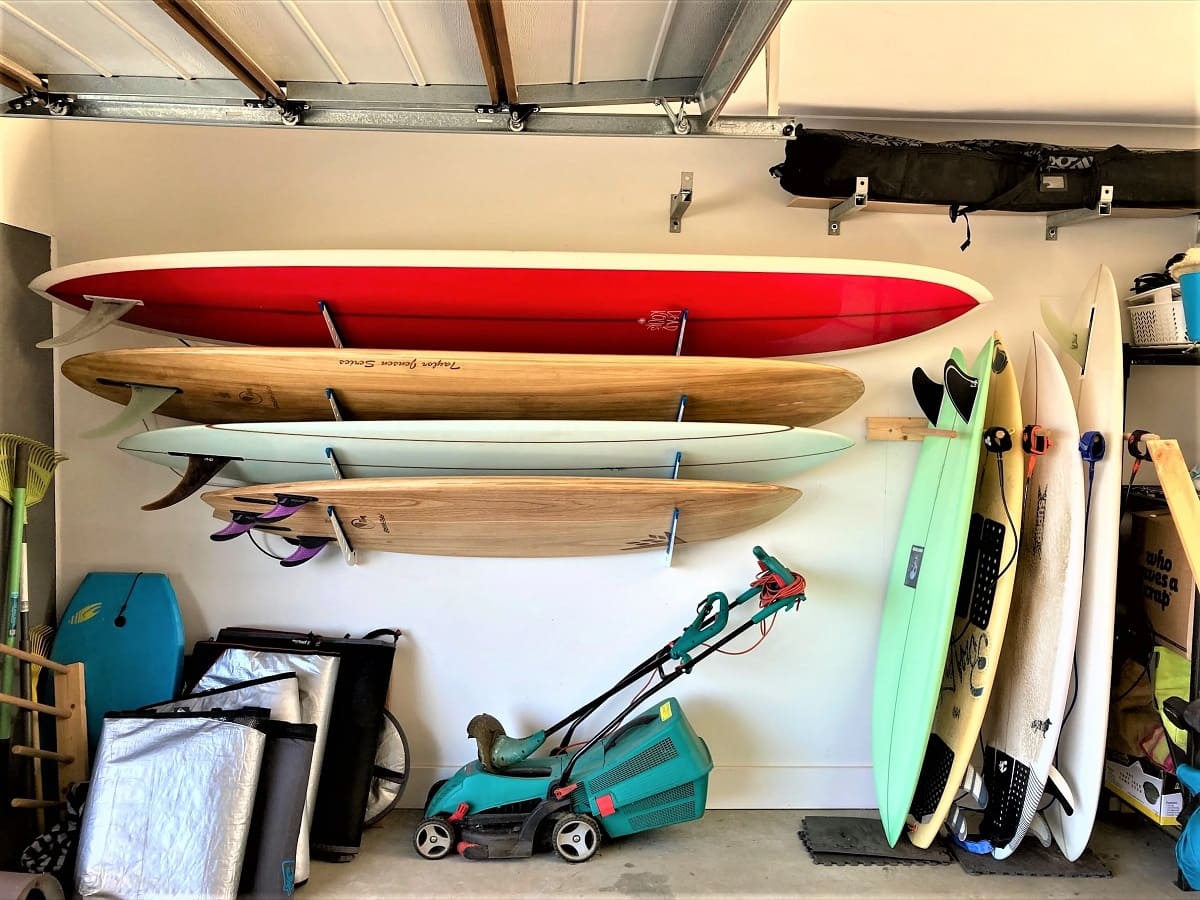
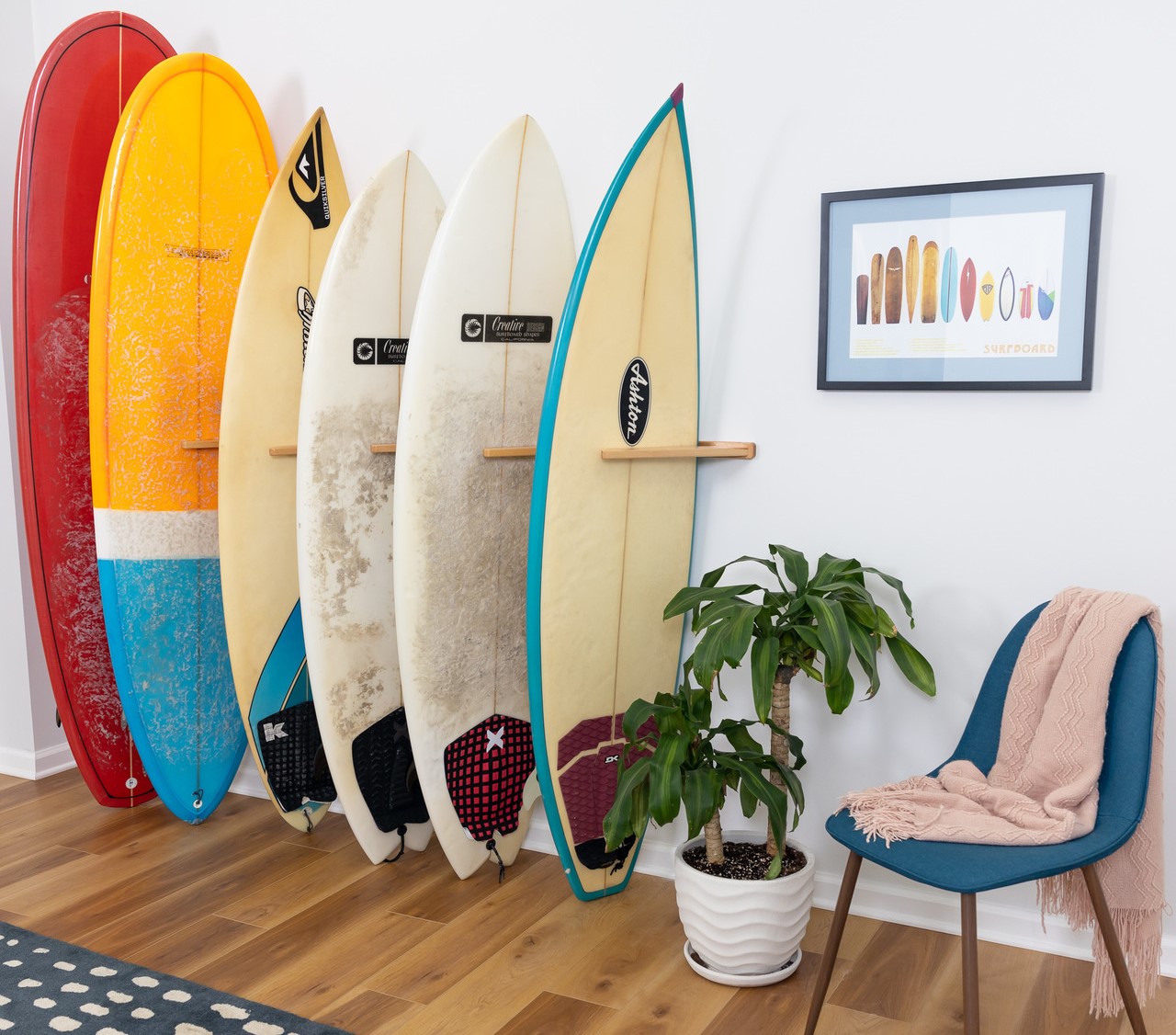
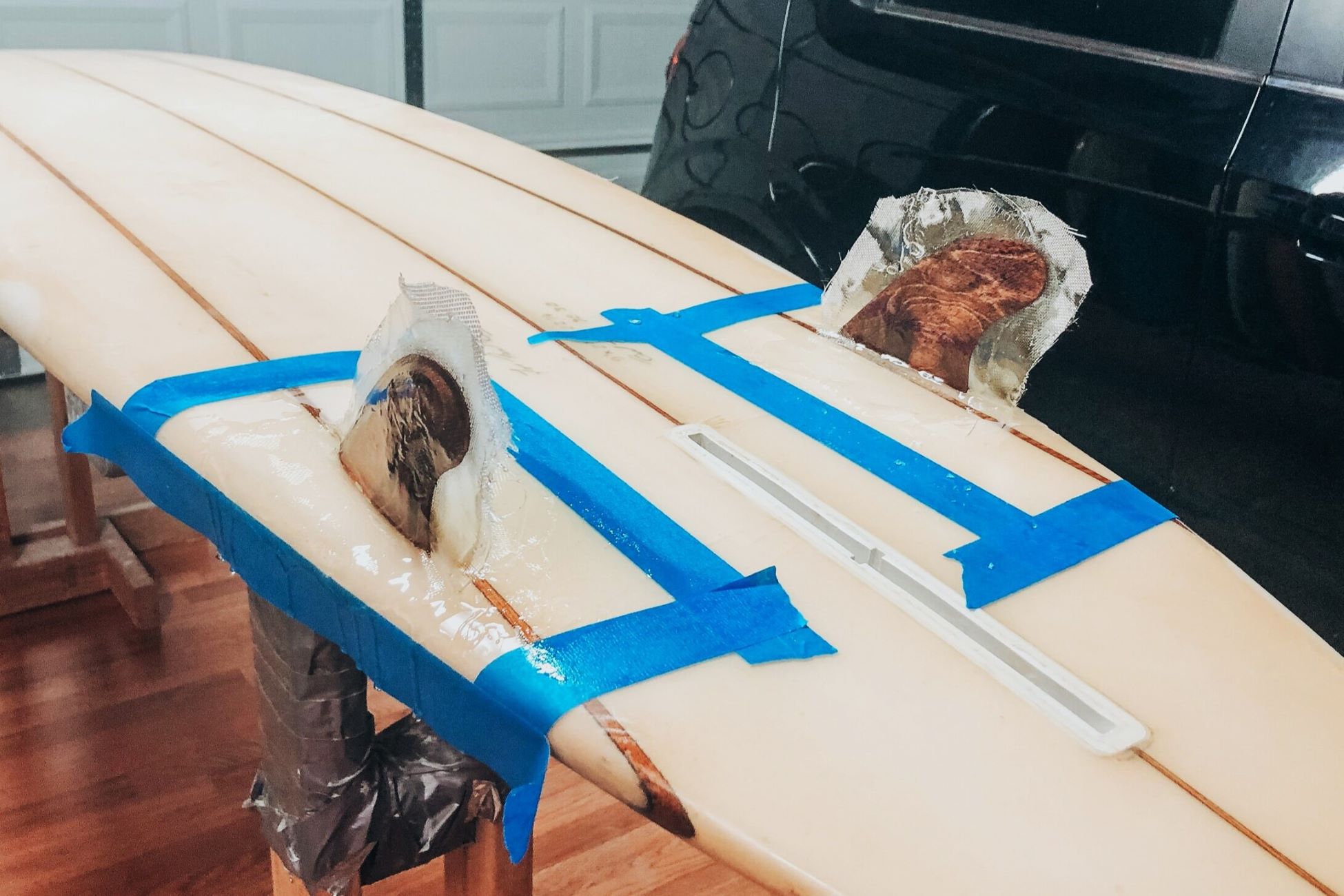
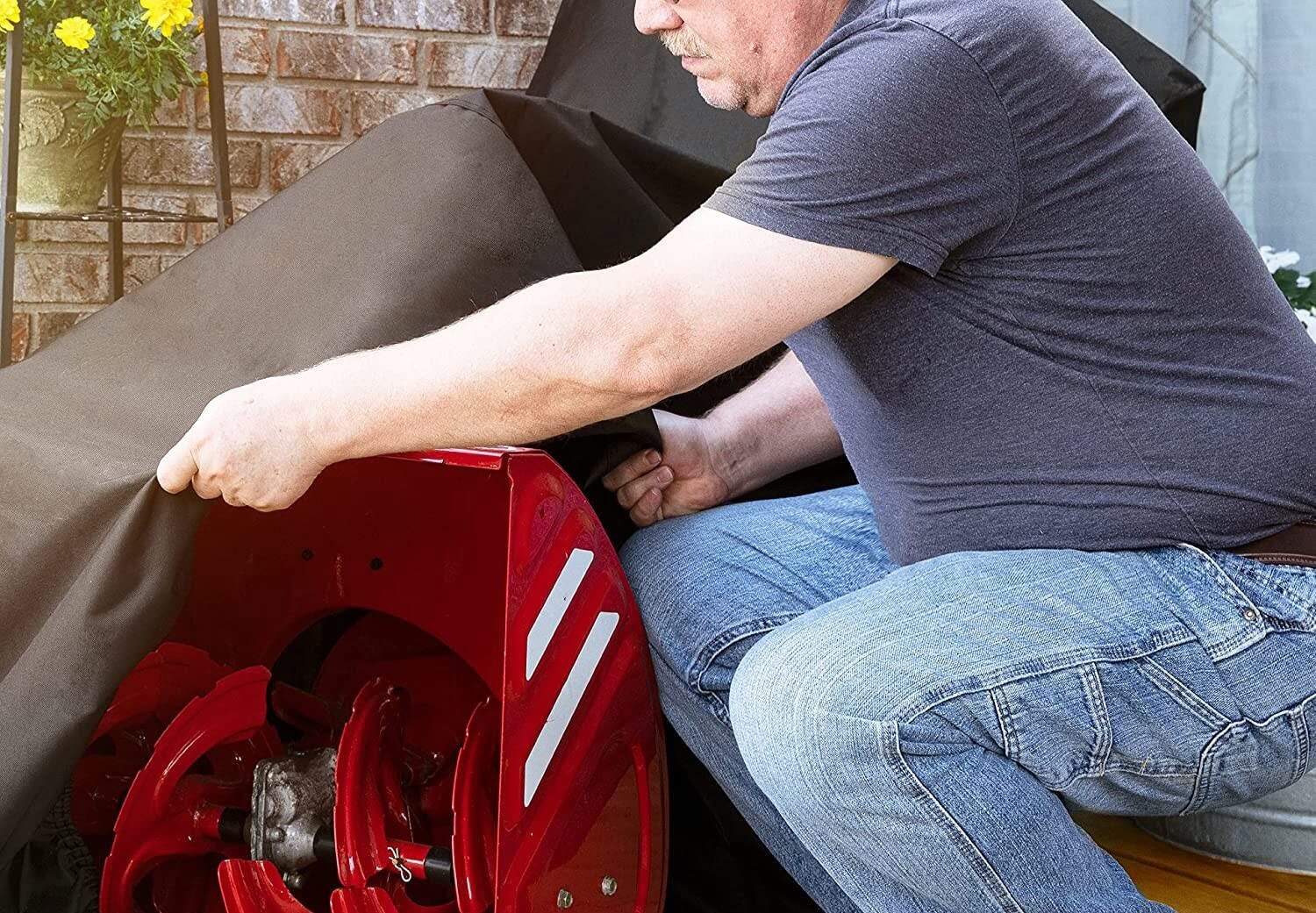

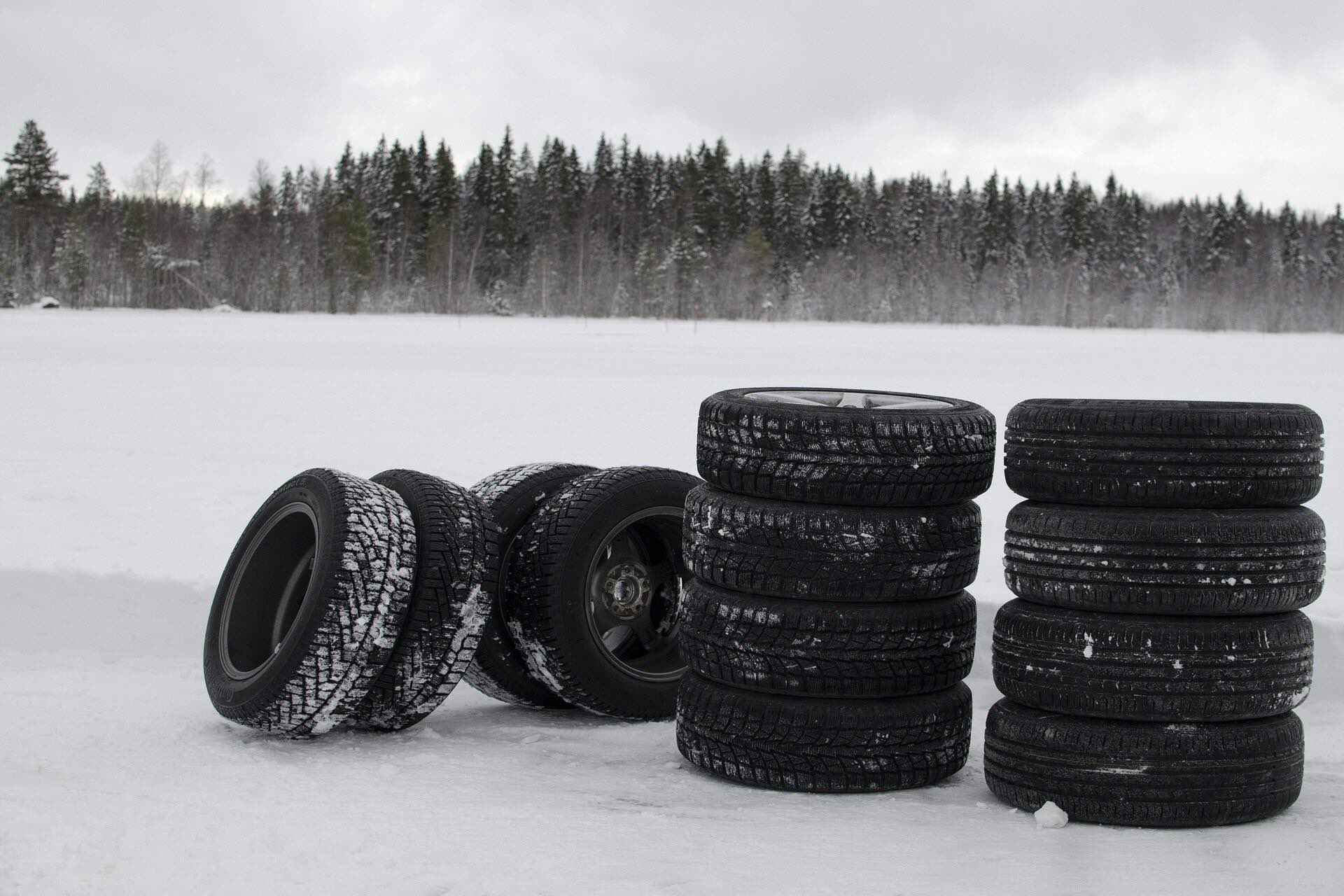
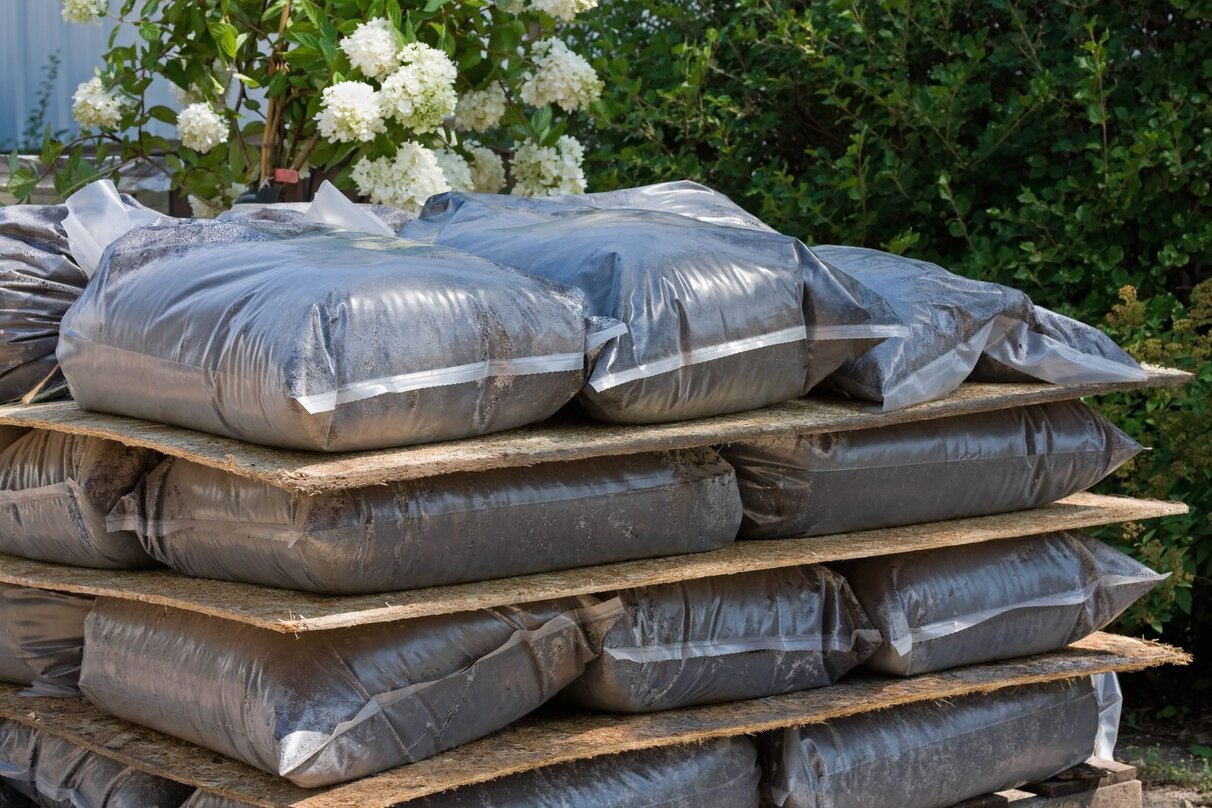
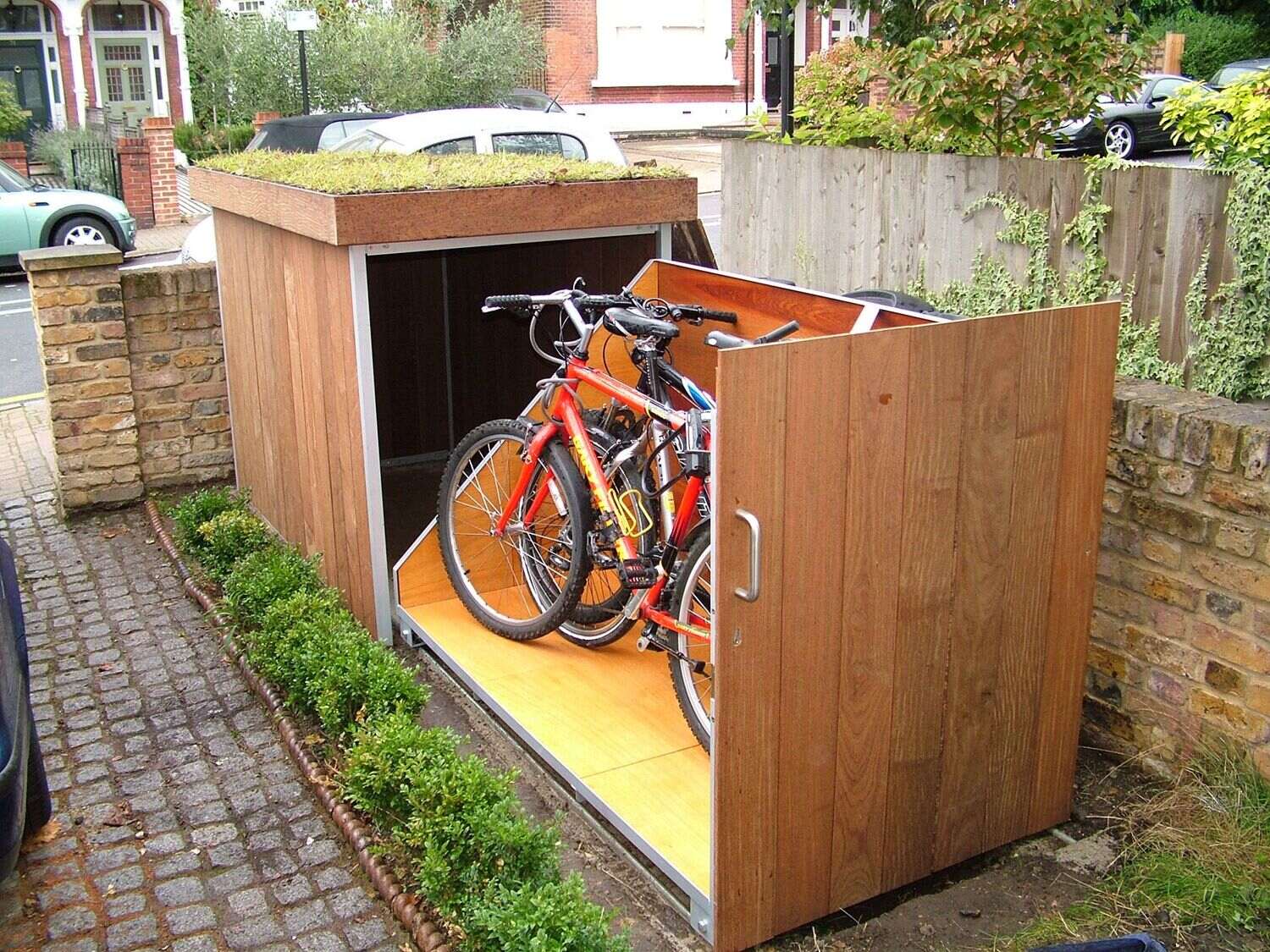
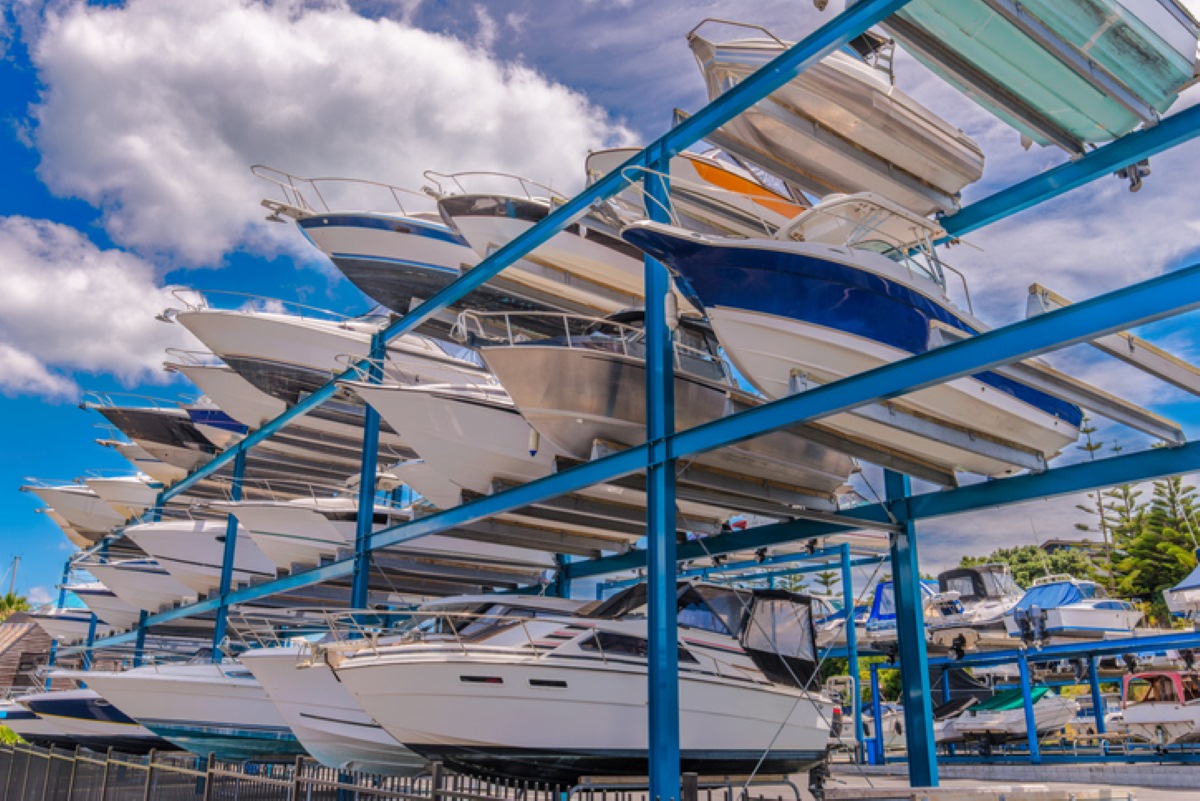

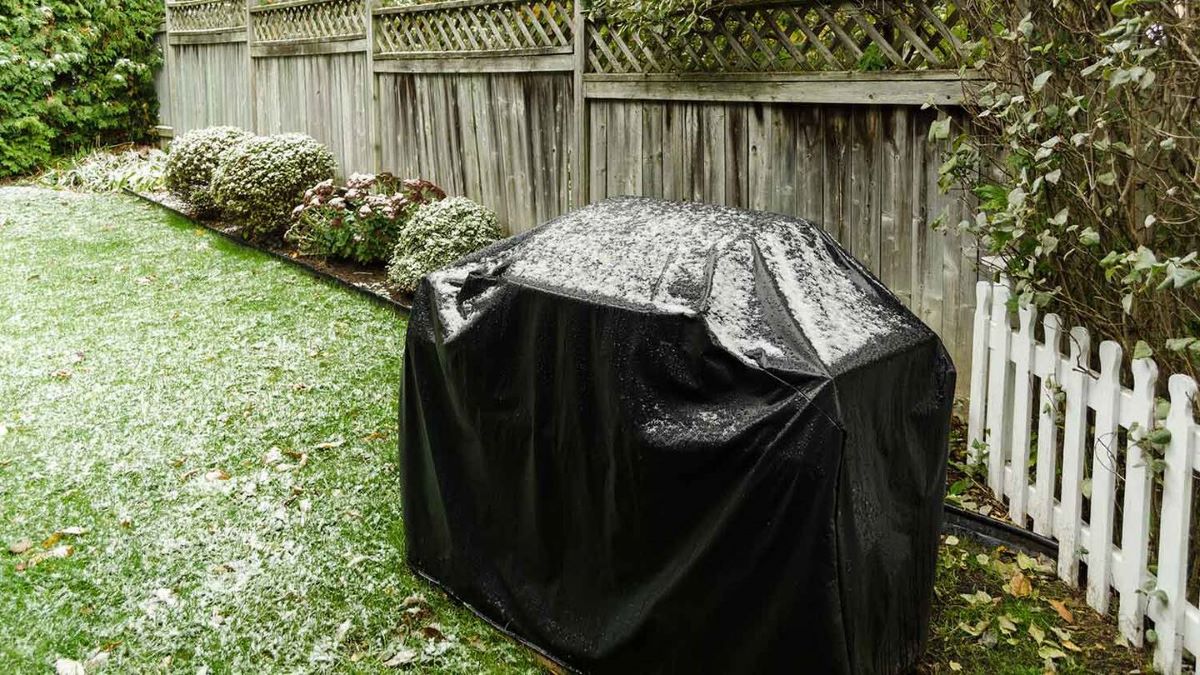
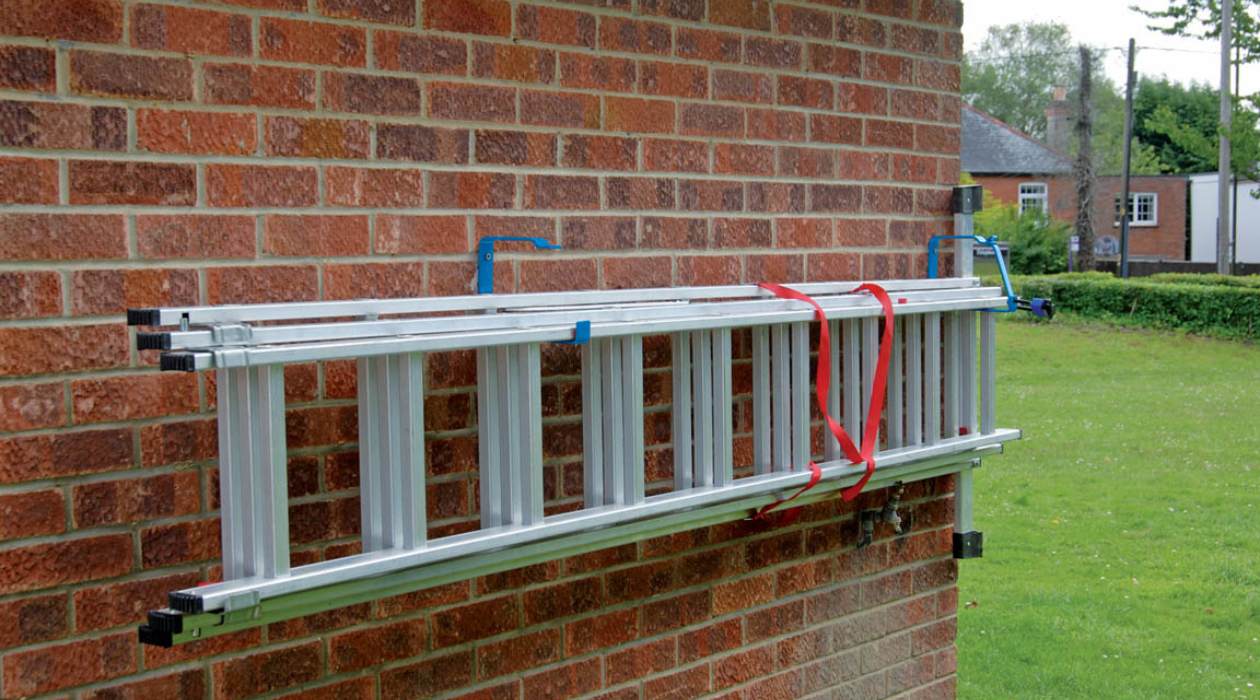

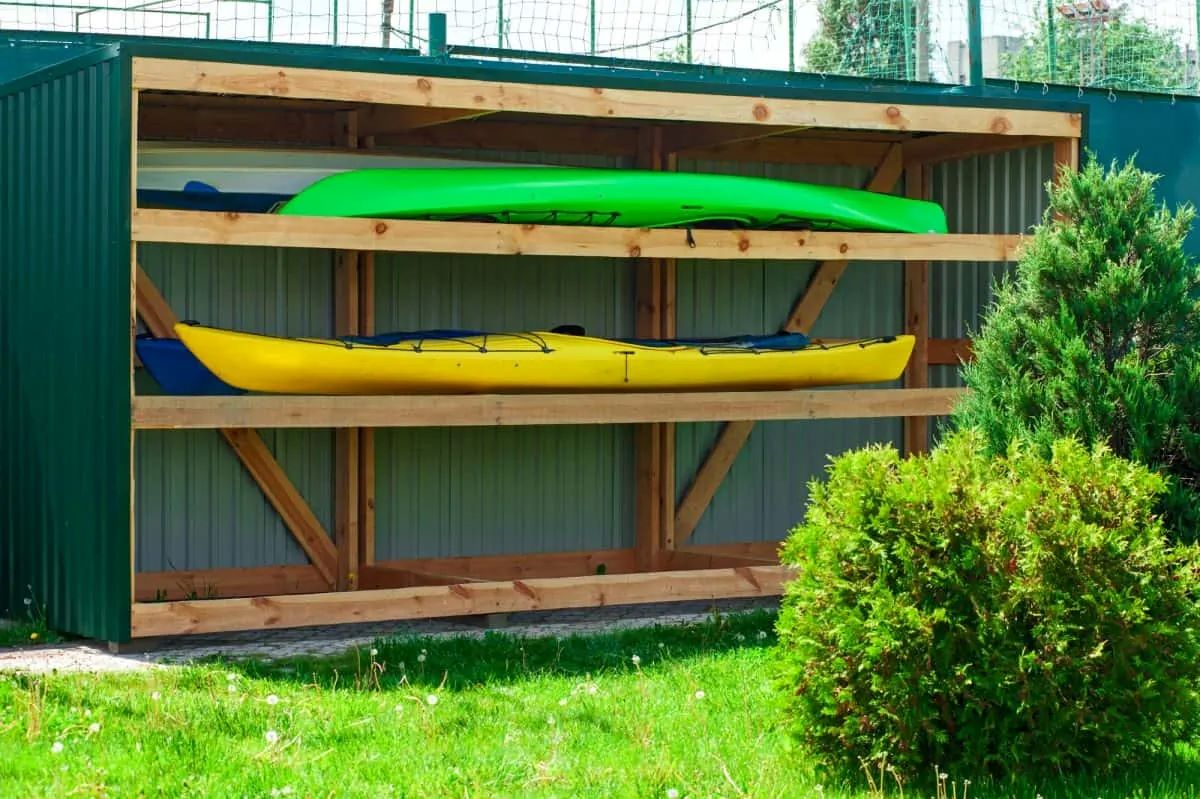

0 thoughts on “How To Store Surfboards Outside”